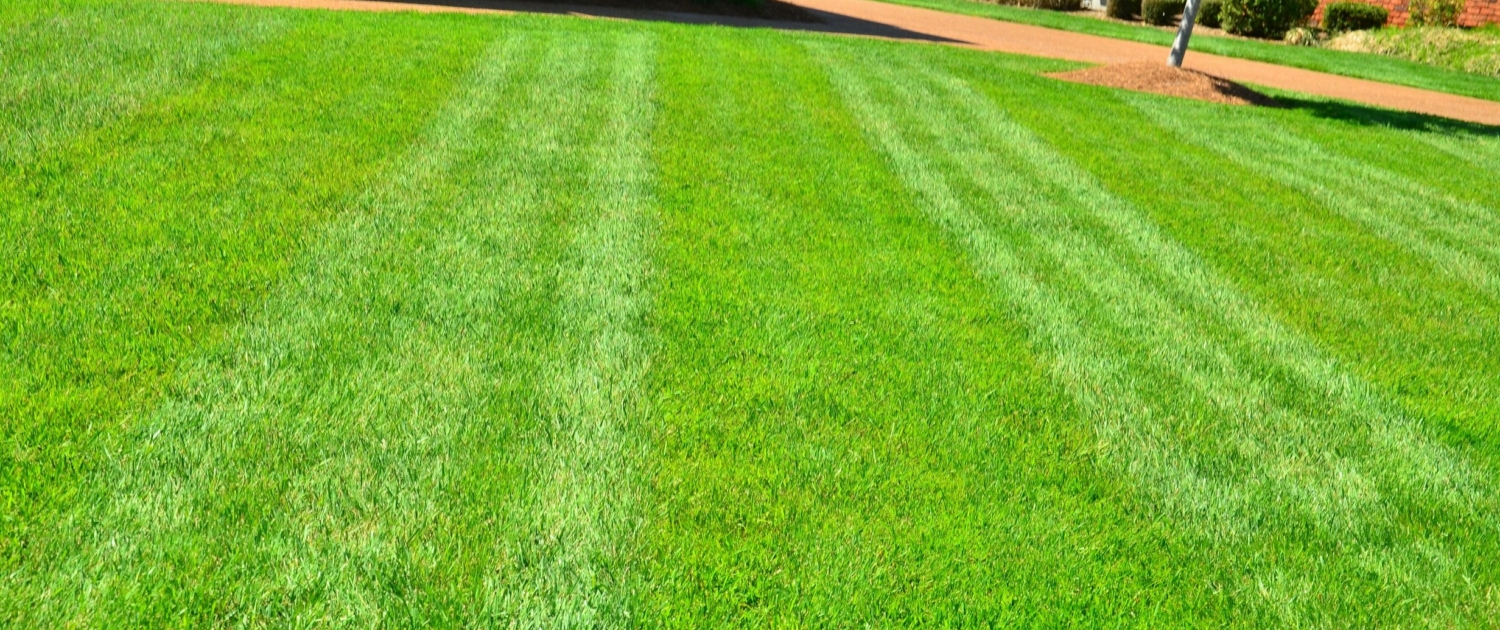
Creating a lush, impeccably maintained lawn that mirrors the pristine greens of a golf course is a common aspiration for many homeowners. While it may appear daunting, with the right approach and consistent upkeep, you can transform your lawn into a verdant paradise that radiates beauty and sophistication. Here’s a comprehensive guide to help you achieve that coveted golf course look, featuring practical tips and expert advice.
Establishing a Strong Foundation
Just as a successful round of golf starts with a solid foundation, so does a stunning lawn. Begin by assessing your current lawn condition and addressing any underlying issues. This may involve soil testing to determine nutrient levels and pH balance. Enhance soil structure and fertility by incorporating organic matter like compost. A robust foundation sets the stage for vigorous grass growth and resilience against pests and diseases.
Selecting the Right Grass Variety
Choosing the appropriate grass variety is crucial for achieving a golf course-like appearance. Opt for grass types known for their fine texture, dense growth, and ability to withstand frequent mowing. Popular options include Kentucky Bluegrass, Bermuda grass, and Zoysia grass, each offering unique benefits depending on your local climate and maintenance preferences. Consult with local gardening experts or extension services to determine the ideal grass variety for your area.
Mowing Techniques and Frequency
Proper mowing is essential to maintain a uniform and well-manicured lawn akin to a golf course. Set your mower blades at the recommended height for your grass type, typically between 1.5 to 3 inches. Avoid cutting more than one-third of the grass blade length in a single session to prevent stress and encourage healthy growth. Regular mowing, typically once a week during the growing season, helps maintain a consistent height and appearance across your lawn.

Effective Watering Practices
Effective Watering Practices
Achieving lush, green turf reminiscent of a golf course requires effective watering techniques. Water deeply and infrequently to promote deep root growth and drought resistance. Early morning watering minimizes evaporation and allows the grass to dry before nightfall, reducing the risk of fungal diseases. Use a sprinkler system or hose with a pulsating sprinkler for even water distribution, adjusting frequency based on weather conditions and soil moisture levels.
Fertilization and Soil Enrichment
Regular fertilization provides essential nutrients that foster vigorous grass growth and vibrant color, essential traits of a golf course-quality lawn. Choose a high-quality lawn fertilizer with a balanced ratio of nitrogen, phosphorus, and potassium (N-P-K) suitable for your grass type and soil conditions. Apply fertilizer according to recommended rates and schedules, typically in early spring and fall when grass growth is most active. Consider periodic soil amendments like lime to maintain optimal pH levels and improve nutrient uptake.
Weed Management and Maintenance
Weeds can detract from the uniform appearance of a golf course-quality lawn, so effective weed control is essential. Implement integrated weed management practices, including regular inspection and timely removal of weeds, especially when they are young and easier to eradicate. Use herbicides selectively and according to label instructions to target specific weed species while minimizing impact on desirable grasses. Maintaining a dense and healthy turf through proper watering, mowing, and fertilization naturally suppresses weed growth.
Aeration and Overseeding
Periodic aeration and overseeding rejuvenate the lawn by alleviating soil compaction and introducing new grass varieties for enhanced density and resilience. Use a core aerator to create small holes that facilitate air, water, and nutrient penetration into the soil. Follow aeration with overseeding to introduce compatible grass seed varieties that fill in bare patches and enhance overall turf quality. Early fall is often the optimal time for aeration and overseeding in many regions.
Precision Edging and Borders
Attention to detail is crucial for achieving a polished appearance reminiscent of a golf course. Define lawn edges and borders meticulously using a spade or mechanical edger to create clean lines along sidewalks, driveways, and garden beds. Regular maintenance of edges prevents grass from encroaching into adjacent areas and enhances the overall aesthetic appeal of your lawn.
Pest and Disease Management
Vigilant pest and disease management is vital to safeguard the health and appearance of your lawn. Monitor for signs of pests such as grubs, aphids, and turfgrass diseases like brown patch or dollar spot. Implement cultural practices such as proper watering and fertilization to minimize stress on grass plants and reduce susceptibility to pests and diseases. Consult with a professional lawn care service or extension specialist for tailored integrated pest management strategies based on your specific lawn conditions.

Enjoy Your Green Retreat
Enjoy Your Green Retreat
Creating a lawn that rivals the perfection of a golf course requires dedication, patience, and ongoing care. Embrace the journey as a rewarding endeavor toward establishing a beautiful and functional outdoor space that enhances your home’s curb appeal and provides a tranquil setting for relaxation and recreation.
By following these guidelines and maintaining a consistent lawn care routine, you can transform your home’s lawn into a stunning landscape that rivals your favorite golf course greens. Dedicate time to understanding your lawn’s needs, implementing best practices, and enjoying the outcomes of your efforts in creating a vibrant and inviting outdoor haven. For more insights and expert advice on lawn care, continue exploring resources aligned with your gardening aspirations and goals.


